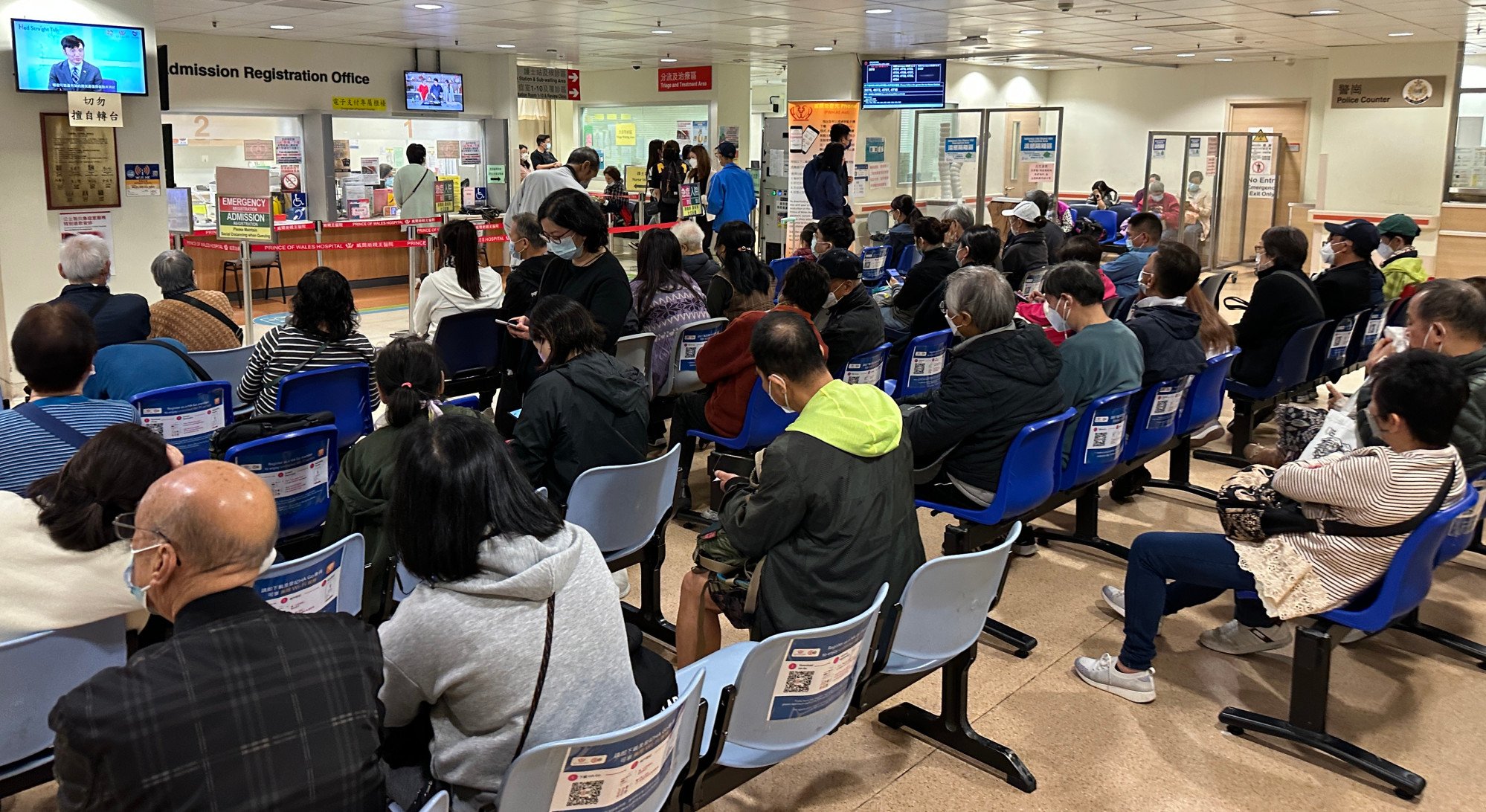
Hong Kong public hospitals expect to bring in 250 non-locally trained doctors by end of 2024, health official says
- Hospital Authority chairman Henry Fan says public health sector has made good progress in recruiting and retaining talent amid long-standing personnel shortage
- ‘About 200 of [incoming doctors] will be employed for the long term and the remainder will be here for short-term training or exchange,’ Fan says
Hospital Authority chairman Henry Fan Hung-ling said on Thursday that the sector had made good progress in recruiting and retaining medical talent amid a long-standing personnel shortage.
“We expect by the end of this year that we will have more than 250 non-locally trained doctors coming to Hong Kong for work,” he said.
“About 200 of them will be employed for the long term and the remainder will be here for short-term training or exchange.”
The number of vacancies for doctors is decreasing
Official figures show the attrition rate for public hospital doctors stood at 5.4 per cent over a 12-month period ending in late January, lower than the 6.6 per cent logged a year before.
The attrition rate for nurses fell from 10.6 per cent to 8.6 per cent over the same period.
A net growth of more than 200 doctors and nurses each was recorded for the sector last year.
“The number of resigning doctors is dropping, while new hires are increasing,” Fan said. “The number of vacancies for doctors is decreasing.”
Worries over possible 75% cut to prescription lengths at Hong Kong public hospitals
The authority made efforts to recruit doctors from the United Kingdom and Australia last year, in addition to establishing a global professional recruitment centre three months ago.
Fan said more than 200 offer letters had been sent to non-locally trained medical practitioners, with 143 already accepting. The remainder were still discussing employment conditions, he added.
Dr Tony Ko Pat-sing, the authority’s chief executive, would also lead a delegation to London and Manchester next month for another round of the recruitment campaign, Fan said.
Online recruitment activities targeting professionals in Australia and Canada were also being considered for the second half of the year, the authority said.
Authority chairman Fan said the large number of inquiries from overseas medical students since the recruitment centre’s establishment was encouraging.

About 100 nurses from mainland China had also arrived in Hong Kong under the second phase of a Greater Bay Area healthcare professionals exchange scheme, he added.
Fan said the scheme had also brought in two eye doctors from across the border.
The senior health official also touched on a review of fees at public hospitals, saying it was ongoing and expected to wrap up by the end of the year.
Fan said the authority would share its own fee recommendations, but the final decision would rest with the government.
The review’s two aims were to ensure no one could be denied suitable treatment on financial grounds and make sure public resources went to those most in need, he said.
The authority also vowed to adhere to the principles of maintaining a healthcare safety net and preventing anyone from falling into poverty due to treatment costs.
The review would also not seek to add the body’s income, it said.
Retain refund option for those who leave A&E queue, Hong Kong hospitals urged
Secretary of Health Lo Chung-mau told the Post in January that the government was considering an “increase and reduction” price model for public health services in a bid to protect them from abuse.
Government data released to lawmakers on Wednesday showed the number of non-urgent patients visiting public emergency departments had reduced by about 30 per cent between 2018 and 2023, falling from 80,539 to 56,860.
But the average waiting time for such patients had increased from 129 minutes to 197 over the same period, according to the figures.

